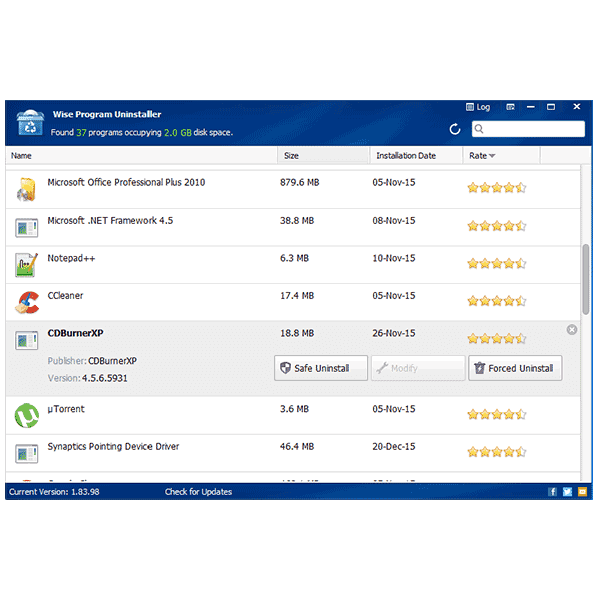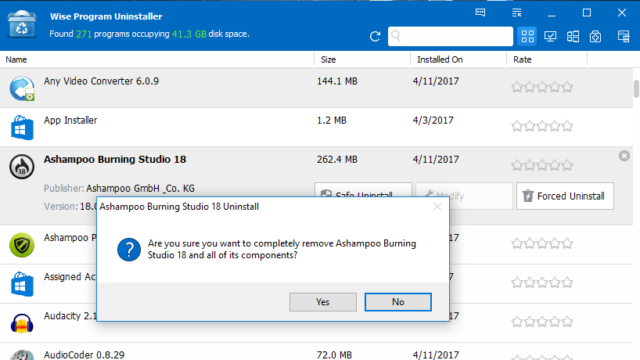

Quick start of Powershell: hold Windows key, tap R, type in "powershell" and press Enter get-wmiobject Win32_Product | Sort-Object -Property Name |Format-Table IdentifyingNumber, Name, LocalPackage -AutoSize Note! IdentifyingNumber is the ProductCode (WMI peculiarity). The package integrity checks triggered does add some event log "noise" though. Any self-repair triggered by this option should generally be possible to cancel. Disclaimer also below - minor or moderate risks depending on who you ask. Scroll down for screenshot and step-by-step. How to get product codes quickly? (four approaches): 1 - Use the Powershell "one-liner" The information below has grown considerably over time and may have become a little too elaborate. Though, you have to be careful because uninstalling some system components can cause severe flaws in your PC.How can I find the Upgrade Code for an installed MSI file? ( or use the html table export script - shown below in section 2) You can also remove system components with it. It’s not only software programs that the Wise Uninstaller lets you remove. Forced eliminates any probability of recovering an uninstalled app. You’re advised first to select Safe Uninstall and use Forced only as a last resort. Safe Uninstall uses the program's own uninstaller to remove it, whereas Forced carries out a deep scan to track any associated files with the app and remove them. You have two choices when you select a program you want to uninstall Safe Uninstall and Force Uninstall. You can uninstall software programs individually or mark them as a group and uninstall them at once.

You can choose anyone on this list to begin uninstalling. Once you launch the app, it automatically generates a list of all the programs installed on your PC. The software’s core feature is to uninstall any software programs you select on your PC. Besides desktop applications, you can uninstall Windows system apps with Wise Program Uninstaller (Image credit: Wise Program Uninstaller) Features


 0 kommentar(er)
0 kommentar(er)
